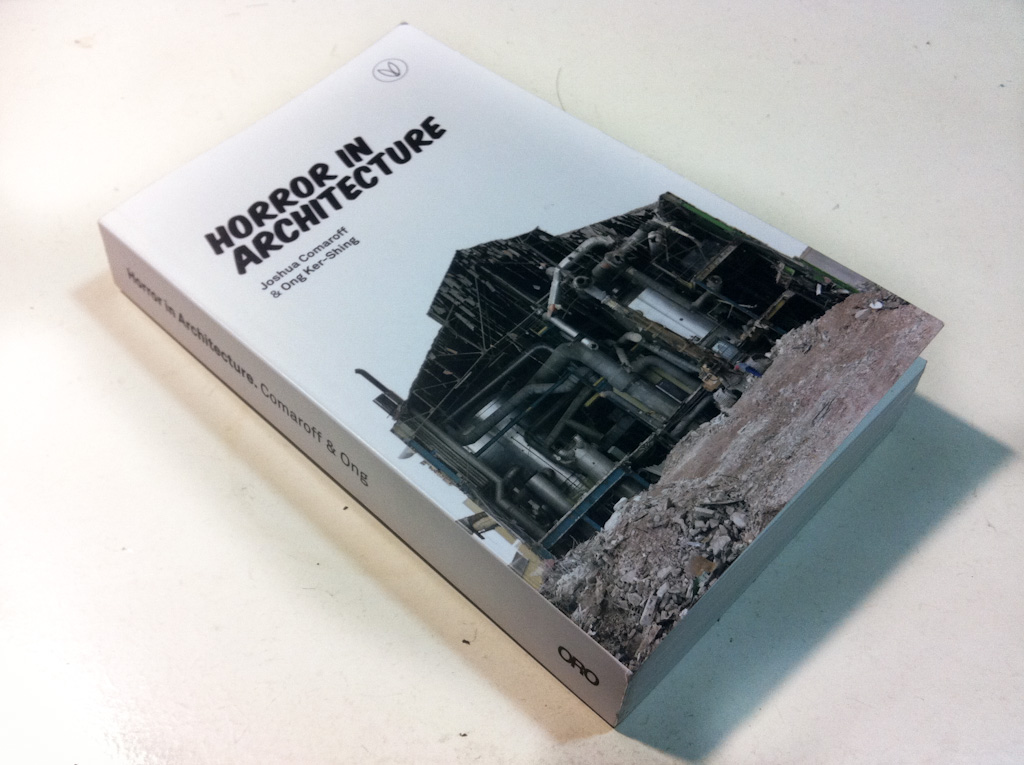Horror in Architecture, a new book by Singapore-based architects Joshua Comaroff and Ong Ker-Shing, is not a book about horrible architecture. While it may be filled with examples of architecture most would not consider beautiful, its does not aim to measure their aesthetic value but rather to critique, categorise, and ultimately explain their existence.
The authors propose to look at “horror” in architecture as instances of failure that one can learn from, and in their 225-page book they have assembled a lens built upon fields including history, literature and even pop culture to examine this phenomenon. The result are nine typologies ranging from “Doubles & Clones”, and “Partially and Mostly Dead” which provide a framework to understand such diverse work ranging from the Pompidou Centre in Paris, the Pullman Building in Chicago, and even a pair of semi-detached houses along Singapore’s Jalan Haji Alias.
Despite the sometimes complex and conceptual language, this book manages to use the terms of horror to present an entertaining and often enlightening reading about architecture. However, the real punch of this paperback publication comes when it examines how some of these architecture have come about. As Comaroff and Ong conclude: the horrors we are presented with today are by and large driven by what they identify as “the geography of unevenness” or economic inequality.
The book can also be read as a kind of manifesto of what the authors represent in their architecture practice, Lekker Design. They have elsewhere talked about their fascination with informal architecture as well as buildings which most architects would find “disgusting”, and this book is a full-blown exploration of this interest.
Despite examining an “unpleasant” aspect of architecture, and warning practitioners of the bleak conditions the practice exists in today, Comaroff and Ong ultimately find hope in “horror” and how it embraces the problems of modern architecture, rather than attempt to hide it. This ultimately creates interesting buildings and suggests that there is a future for architects after all.
